Dalmatian Duo Revives Ancient Salona in 3D (PHOTOS)
April 18, 2021- Ever wonder how Salona looked all those years ago? One Dalmatian duo has revived ancient Salona in 3D!
Dalmatinski Portal reports that Dalmatian duo Stipan Ujdur from Opuzen and Frane Bilić from Zadar initiated the reconstruction of another Dalmatian Roman geolocation - ancient Salona. Ujdur creates the 3D models, video animation, VR, and photo rendering, while Bilić will program the final visualizations for multimedia in the 'MediaUp' studio.
"The project is very demanding, and it is difficult to do because Salona is large, but very little researched, so only the explored localities will be processed in the scenes. So far, five scenes have been made from a total of 12 to 14," Ujdur said.
"These scenes are more or less researched, so it is possible to model them in 3D format. I hope no one will blame me for some inaccuracies or copyright. Overall, it should be almost by the end of this year at the latest," Ujdur added.
Porta Caesarea was the monumental city gate of Salona. While Salona was still within the framework of the Urbs Vetus, this gate served as the eastern entrance to the city.
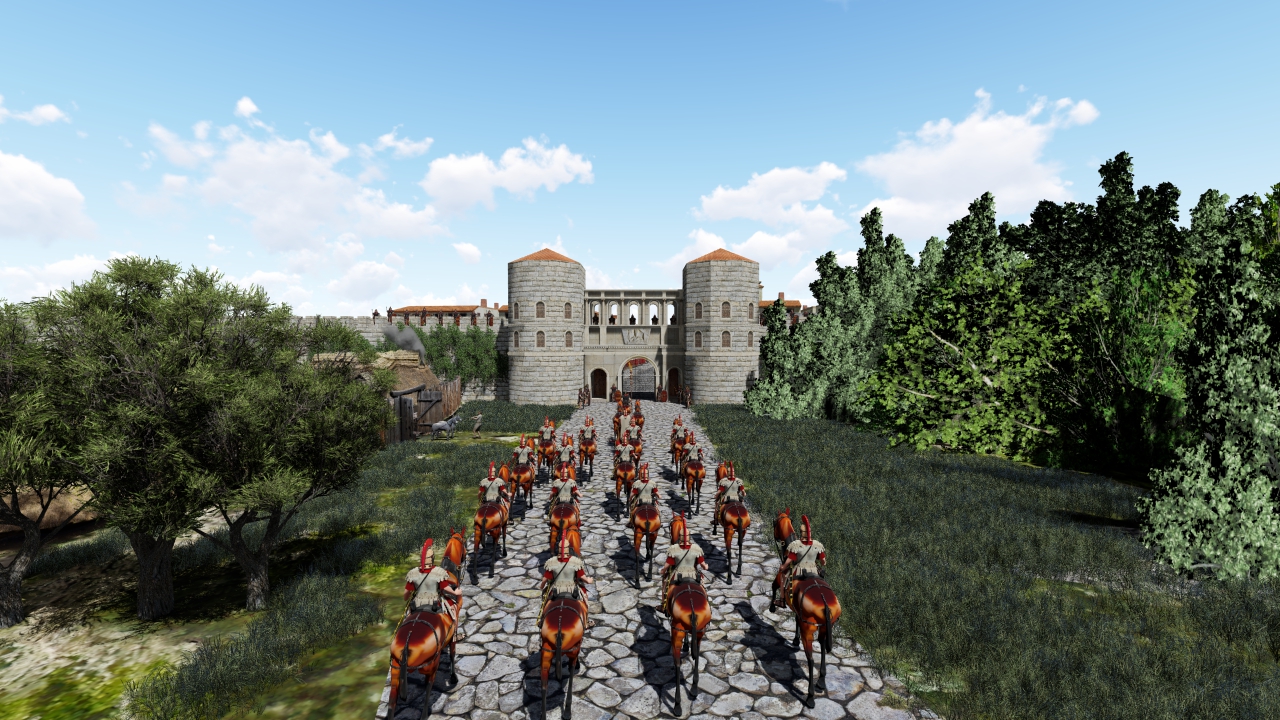
In front of them was a non-Romanesque settlement that depended on works in the city and the sale of agricultural products.
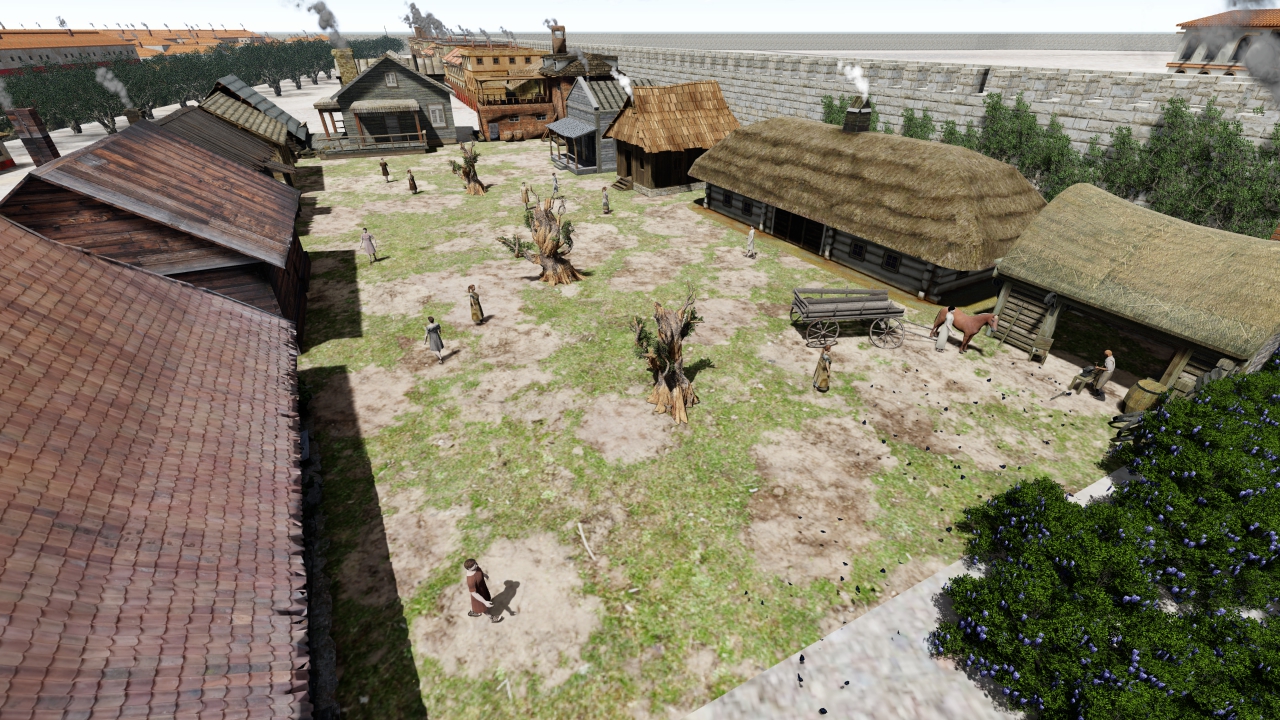
There were significant changes in front of the gates of Porto Caesarea and the ramparts. There are foundations for the city insula district; these are multi-story buildings built by the city for deserving citizens and social cases. They were usually 50 x 25 x 20 meters in size, with different variations in architecture, with public fountains for water and laundry.
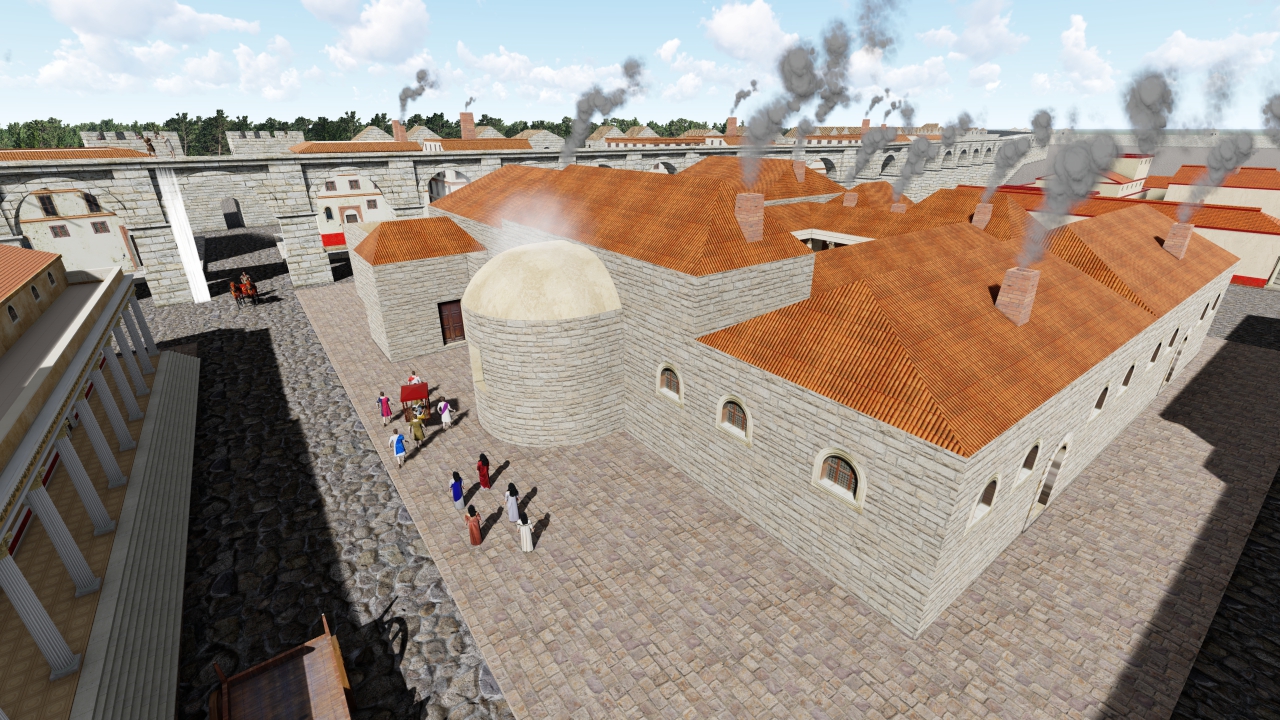
On the left, in front of Porta Caesarea, a non-Roman settlement was evicted in front of Porta Andetria, and in their place, a settlement was built for workers in the "industrial zone."
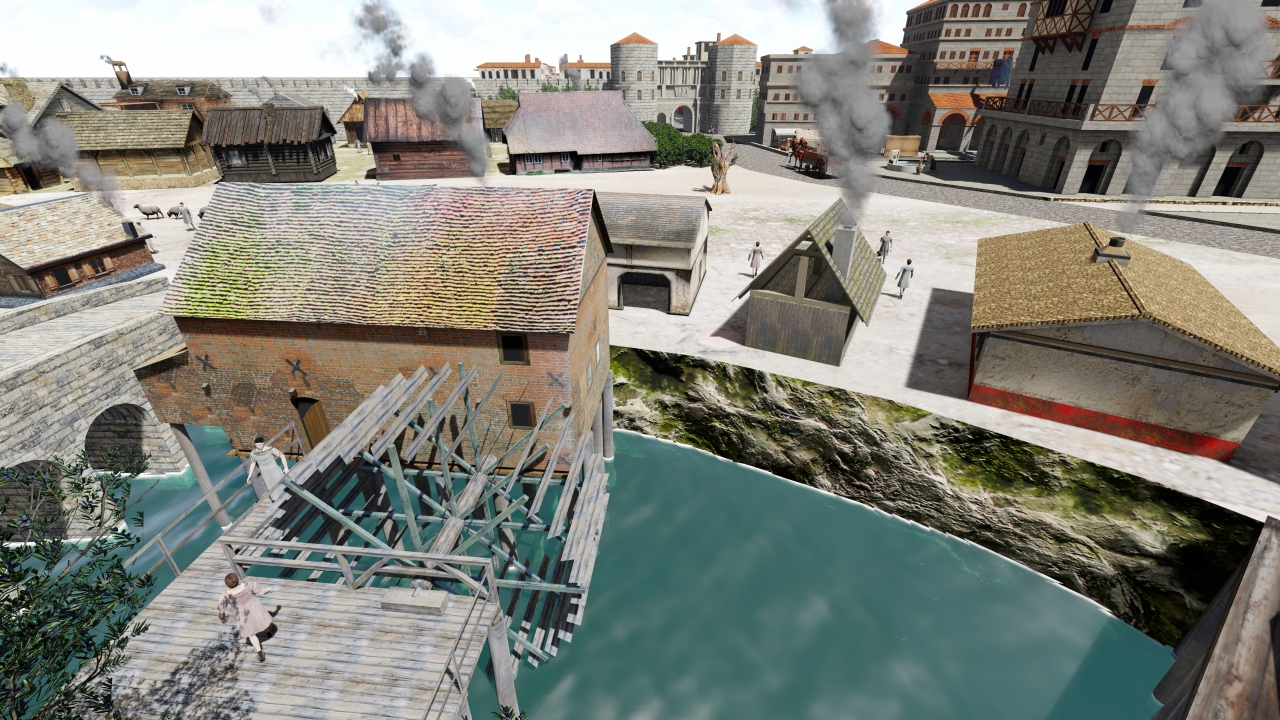
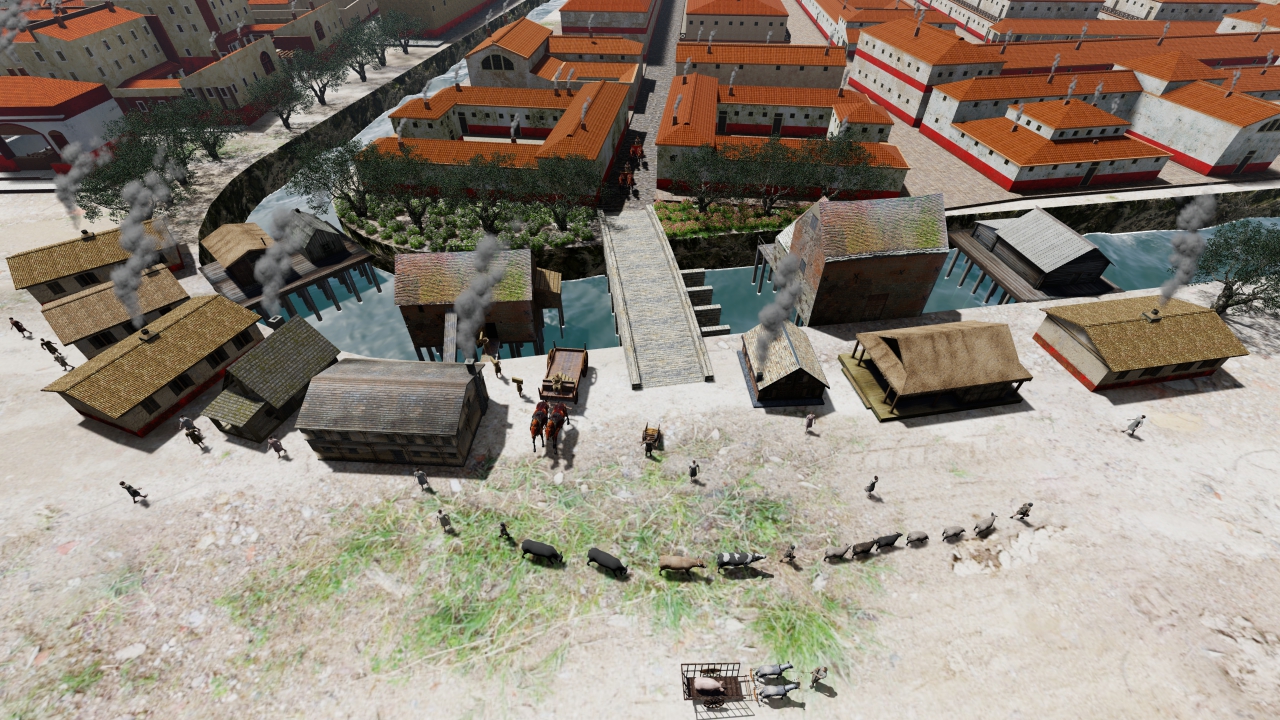
The industrial zone was near the bridge, and numerous workshops, warehouses, and dwellings were built for the workers who worked in them. There were also workshops on poles or with mills that exploited the water potential to power the machines.
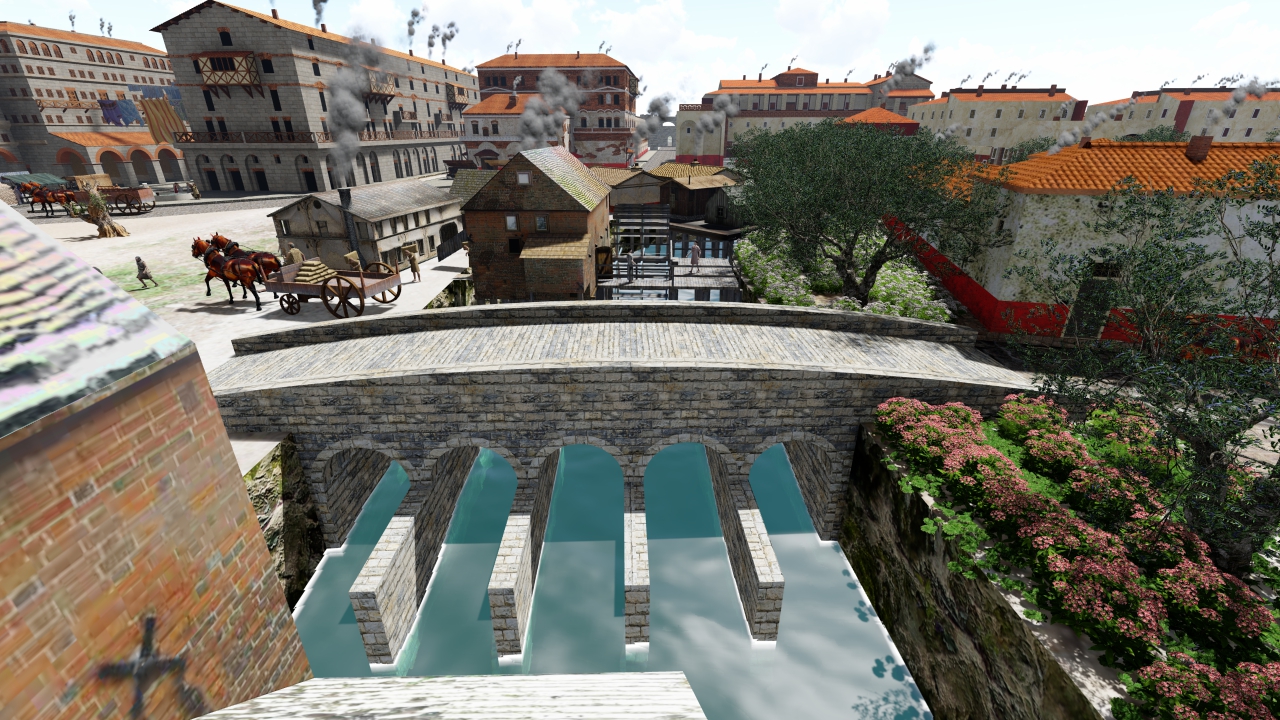
The peristyle was connected to all the rooms within the spa; this was most likely the atrium, while the building had a domus. As a rule, one entered the peristyle and from there into the frigidarium. Various bath aids were sold on the peristyle, from the latest baths to massage oils, various depilatory preparations, from razors to beeswax.
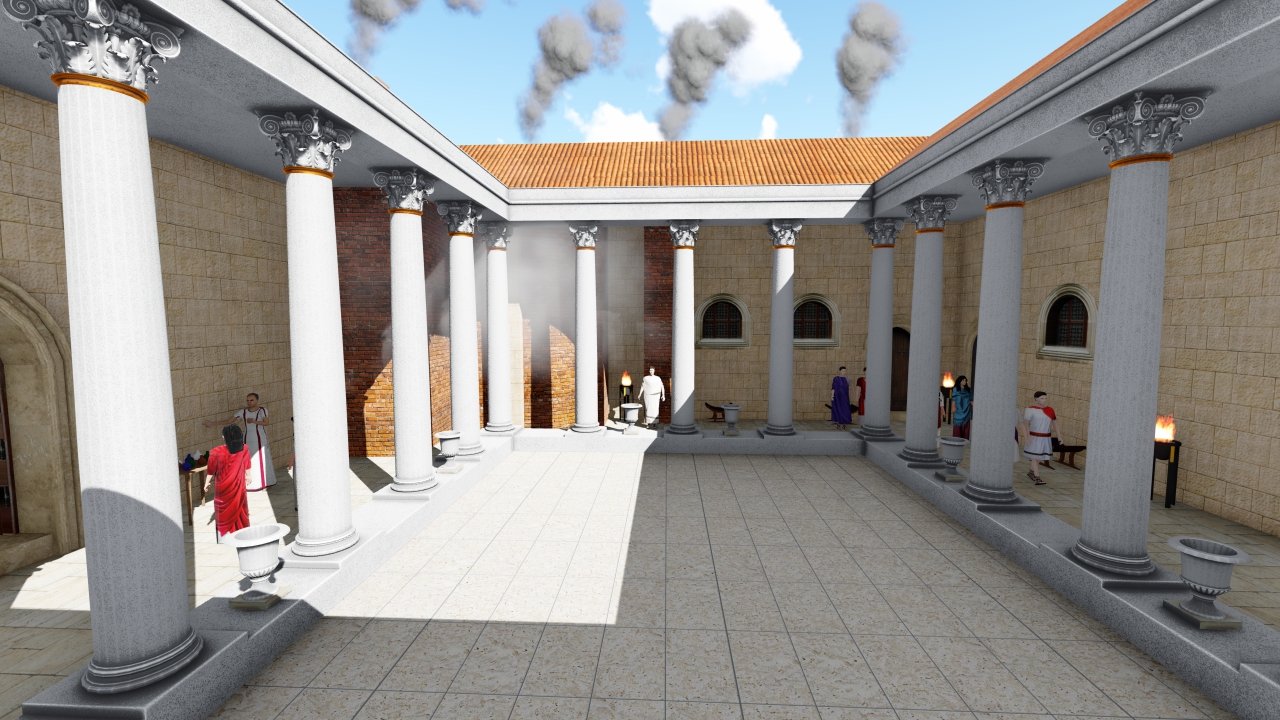
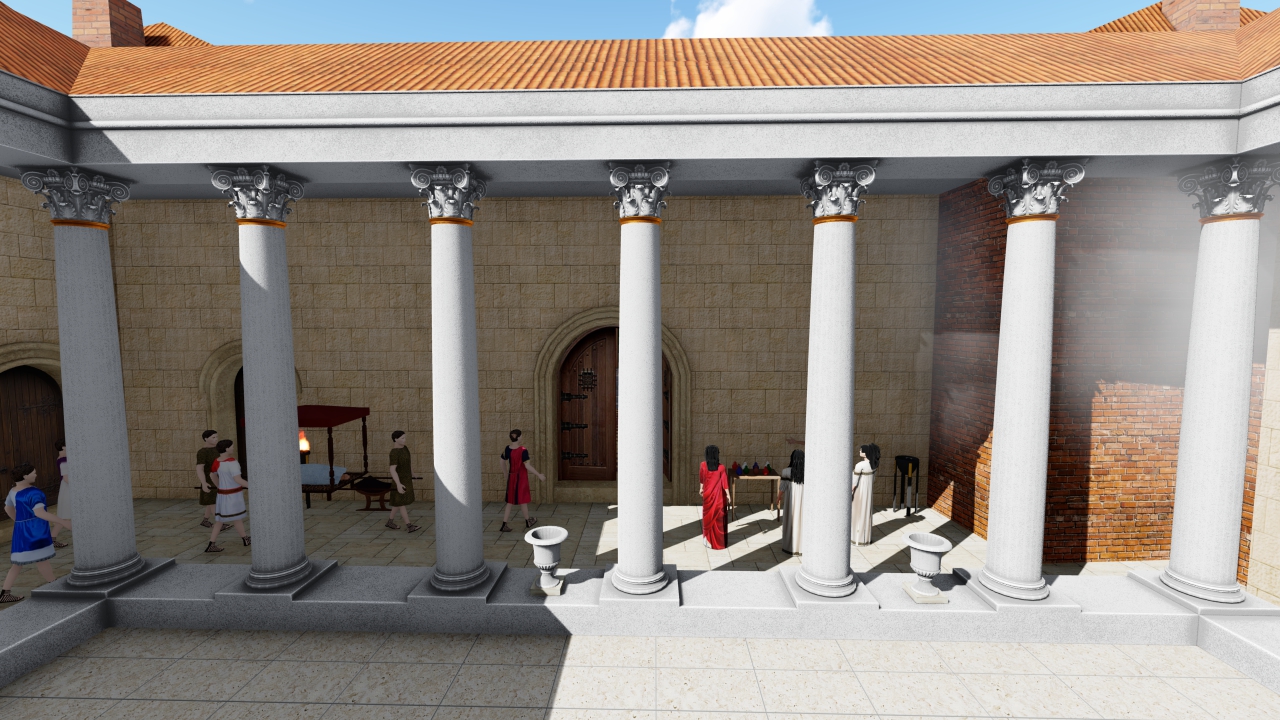
The frigidarium is a room with a pool where there is cold water, used before hot water and sauna, then at the end of all treatments to close the pores on the skin.
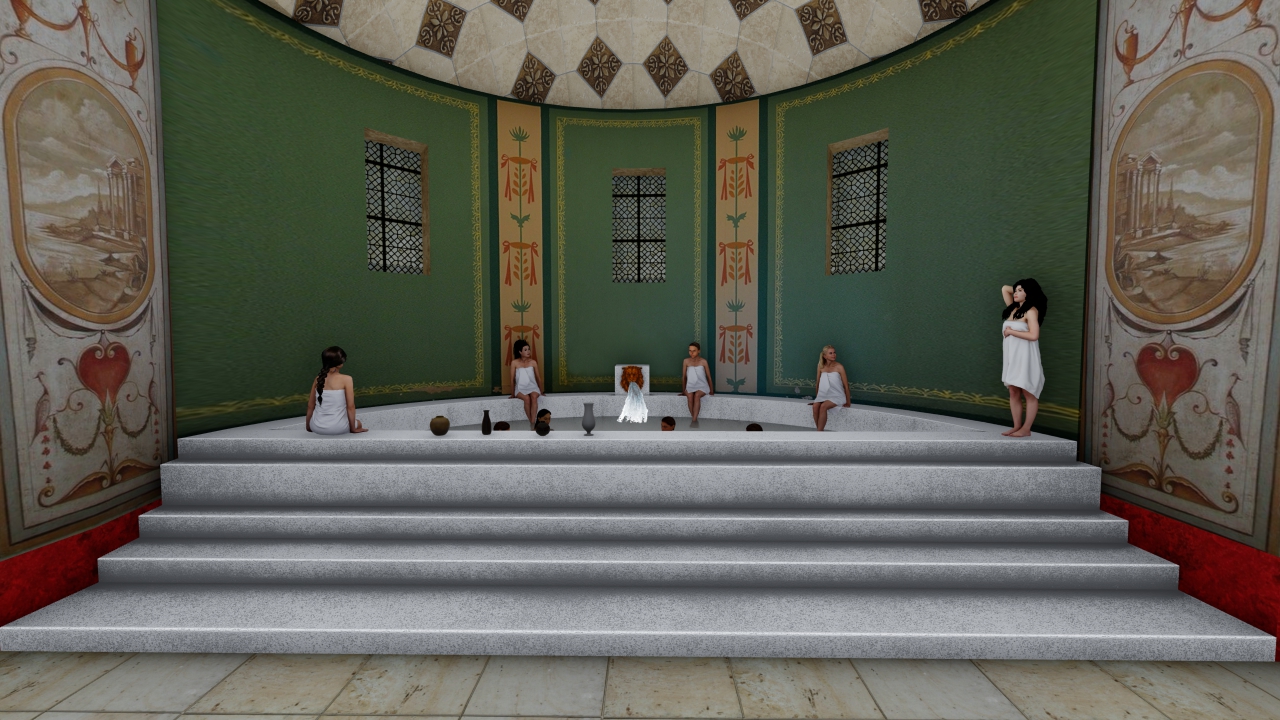
From the peristyle, one entered the frigidarium, from which one went to the left door to the locker room. After a bath in the cold pool, you'd go to the right door to the warm part of the spa. These baths were named 'balneum.'
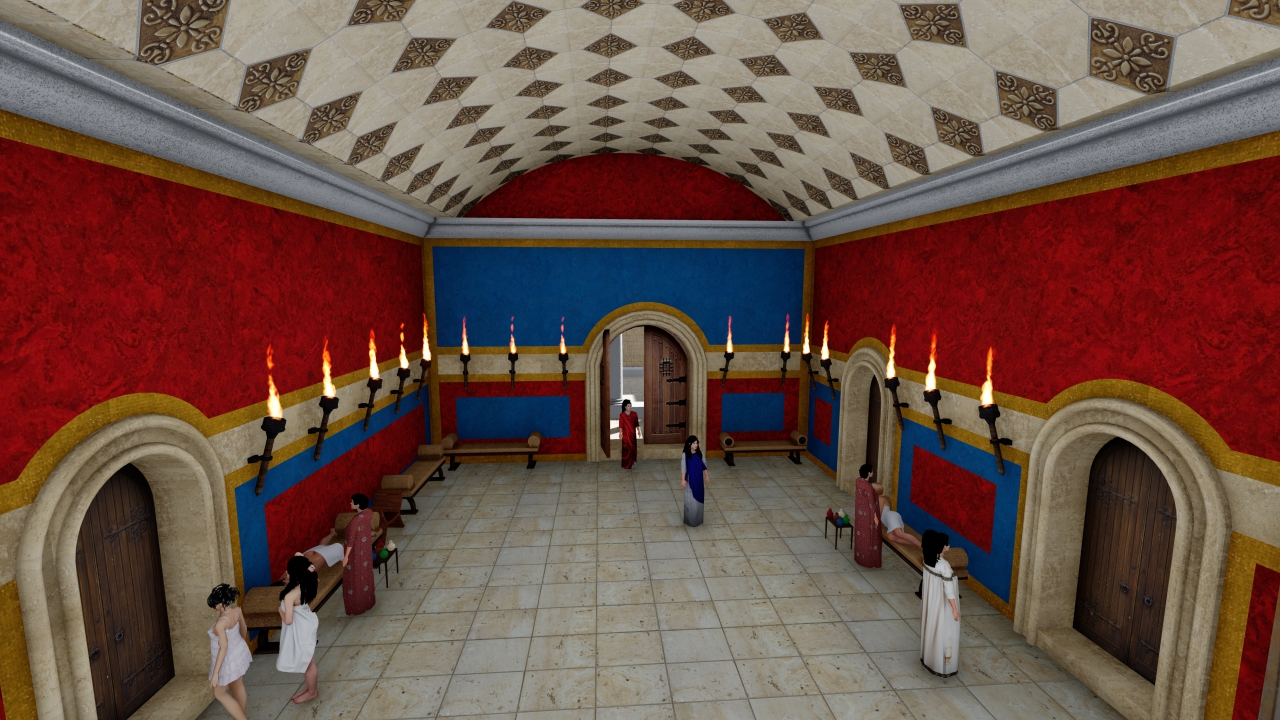
For more about lifestyle in Croatia, follow TCN's dedicated page.
Digitalized City: Renaissance Dubrovnik Receives 3D Makeover
March 16, 2021 - Renaissance Dubrovnik has finally been digitized after two years of hard work, thanks to the MediaUp team!
Dalmatinski Portal reports that in collaboration with Stipan Ujdur from Opuzen, the author of many 3D models of Croatian cities, MediaUp brings an interesting and different way of researching history that is now available to everyone via smartphones in the form of an interactive mobile application.
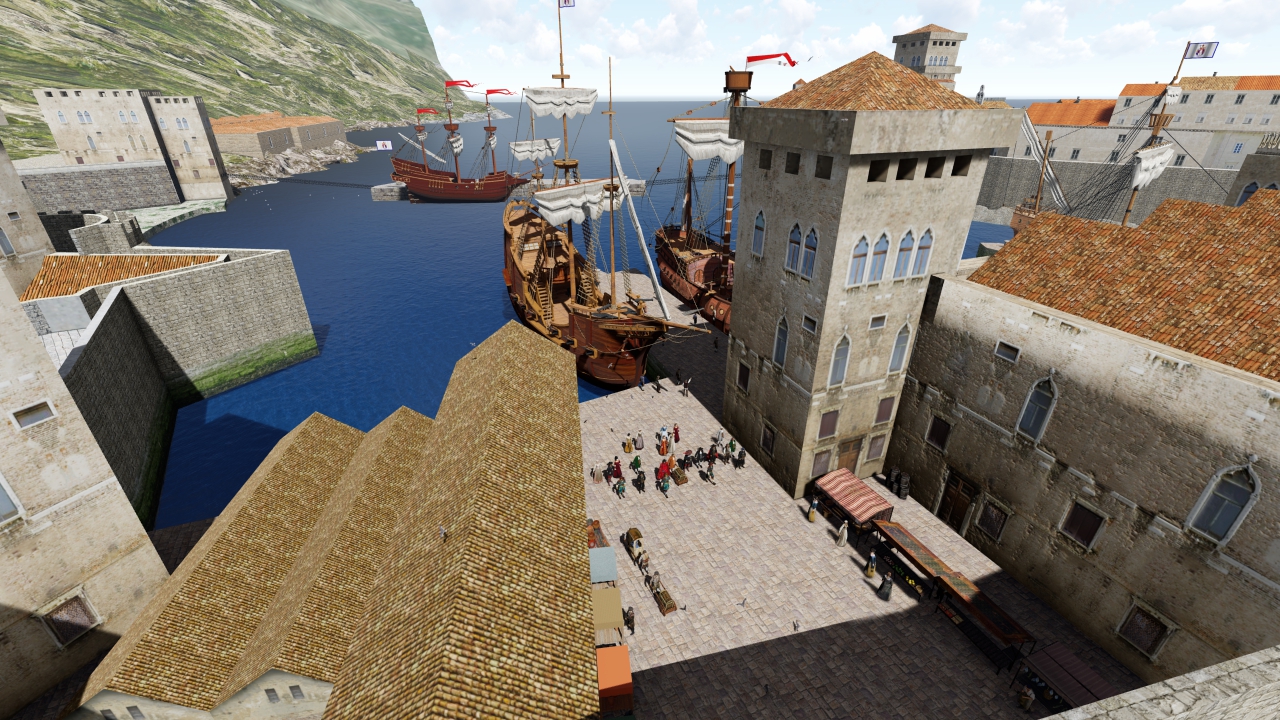
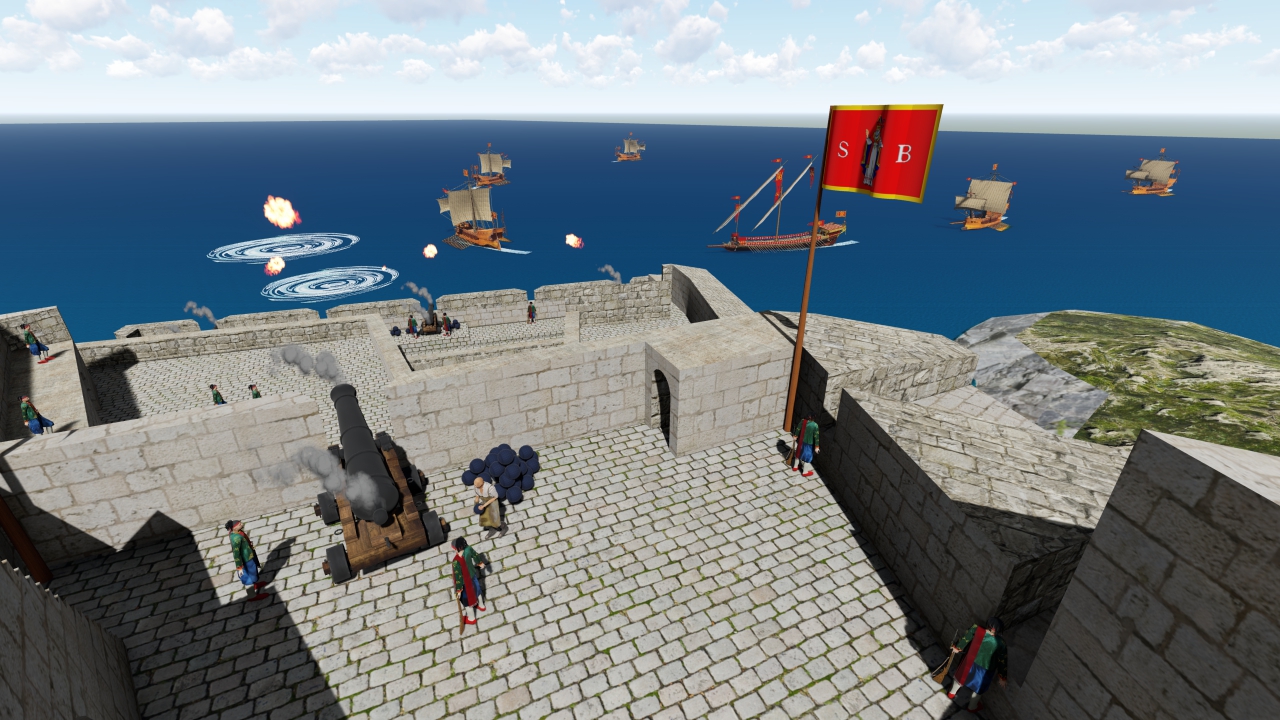
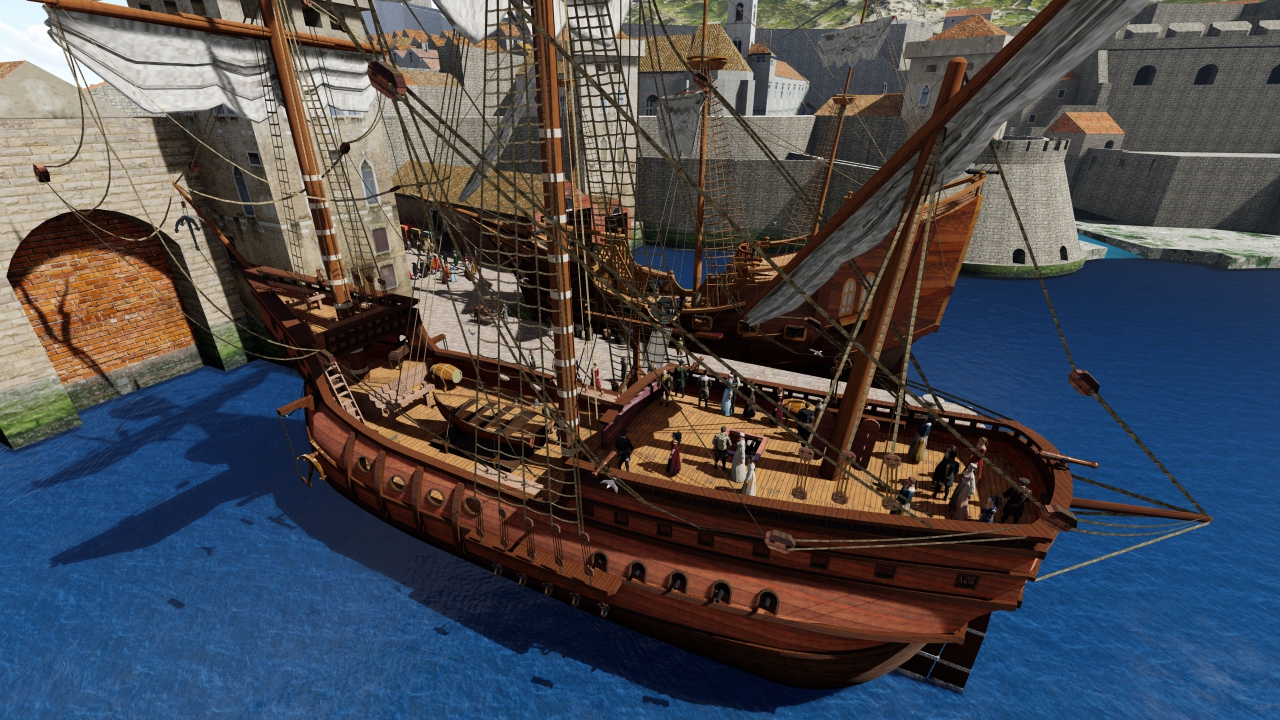
Dubrovnik Anno 1667 is a tourist product in which the user has a unique opportunity to go back in time and experience Dubrovnik from a different perspective and get acquainted with historical information with a virtual experience.
The application is available in the Google Play store in several versions, tailored to users' needs and price flexible: Dubrovnik Anno 1667 Virtualni prozor, Dubrovnik Anno 1667 VR Google Cardboard Edition, and Dubrovnik Anno 1667 Deluxe - Virtual Window + VR.
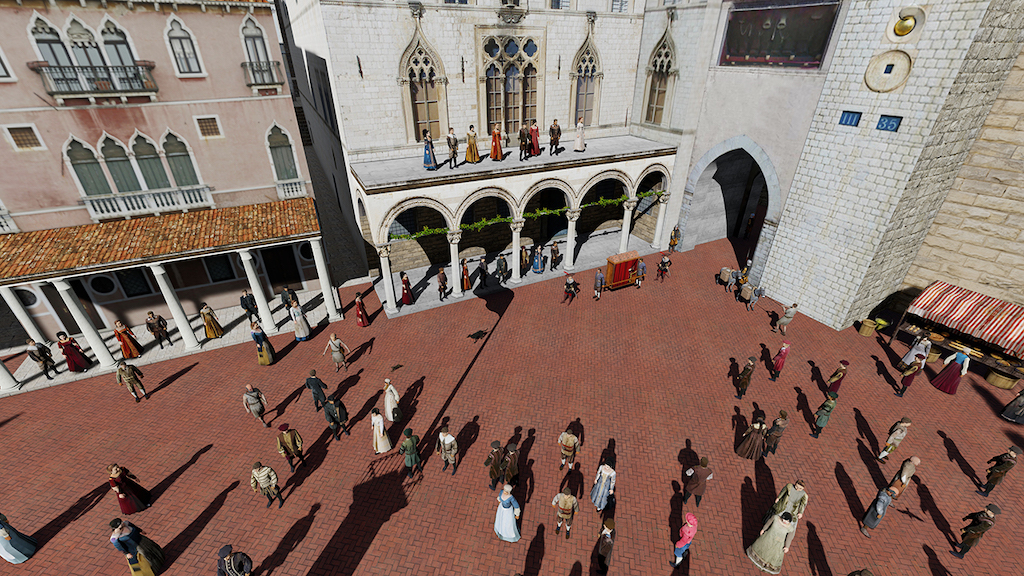
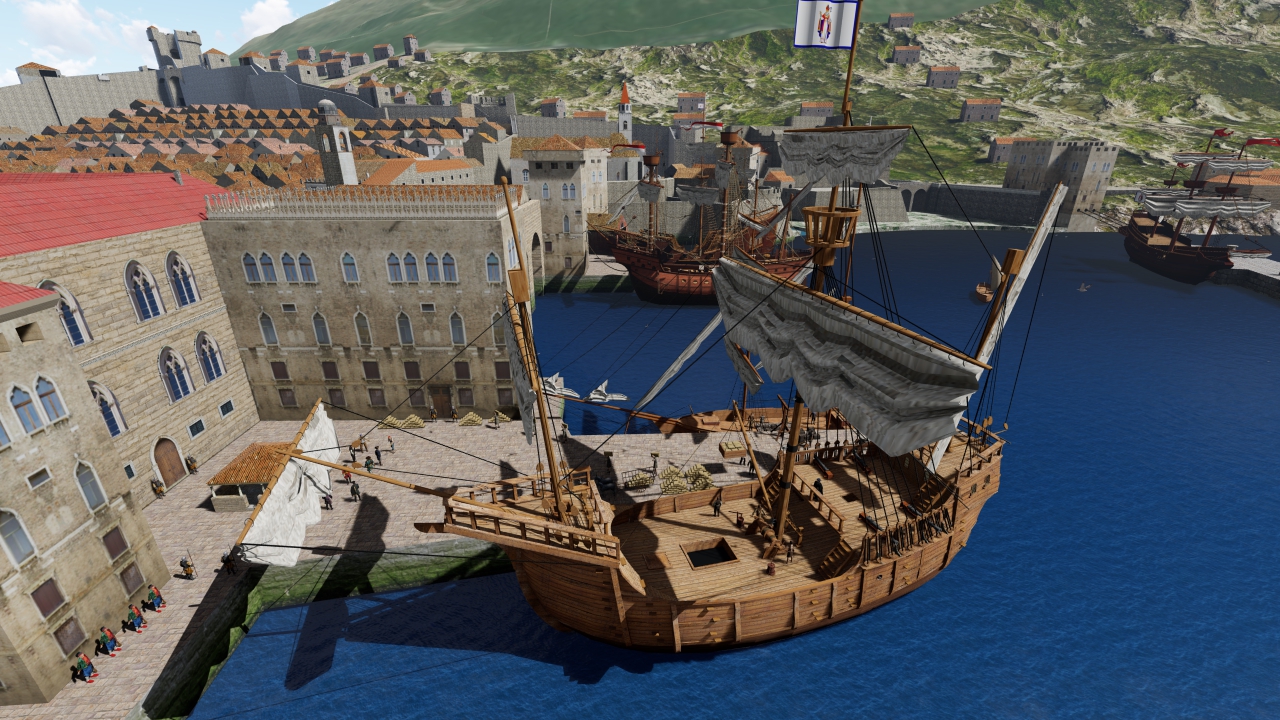
"With this educational application, the user has the opportunity to go back to 1667 and discover what the Republic of Dubrovnik looked like and functioned like before the devastating earthquake. With the help of a virtual window on the spot as an addition to the tour and sightseeing, or from the comfort of home, expand your knowledge and take a peek into the rich past of Dubrovnik. The virtual experience is the future of tourism and the presentation of history and cultural heritage. The user can see something that does not exist today in the real world but can interactively ‘go’ into the world of the past. Although virtual tours are in their infancy in Croatia, examples worldwide show that this is exactly the future, and the offer needs to be developed. Along with Dubrovnik in 1667, there is also Diocletian's Palace in Split, ancient Narona, ancient Zadar, Pula, and others. MediaUp will provide various ways of distribution and franchising that should be available through travel and travel agencies and users themselves through online stores. We invite all those interested in contacting us so that we can start cooperation in time," said Frane Bilić, the founder of MediaUp.
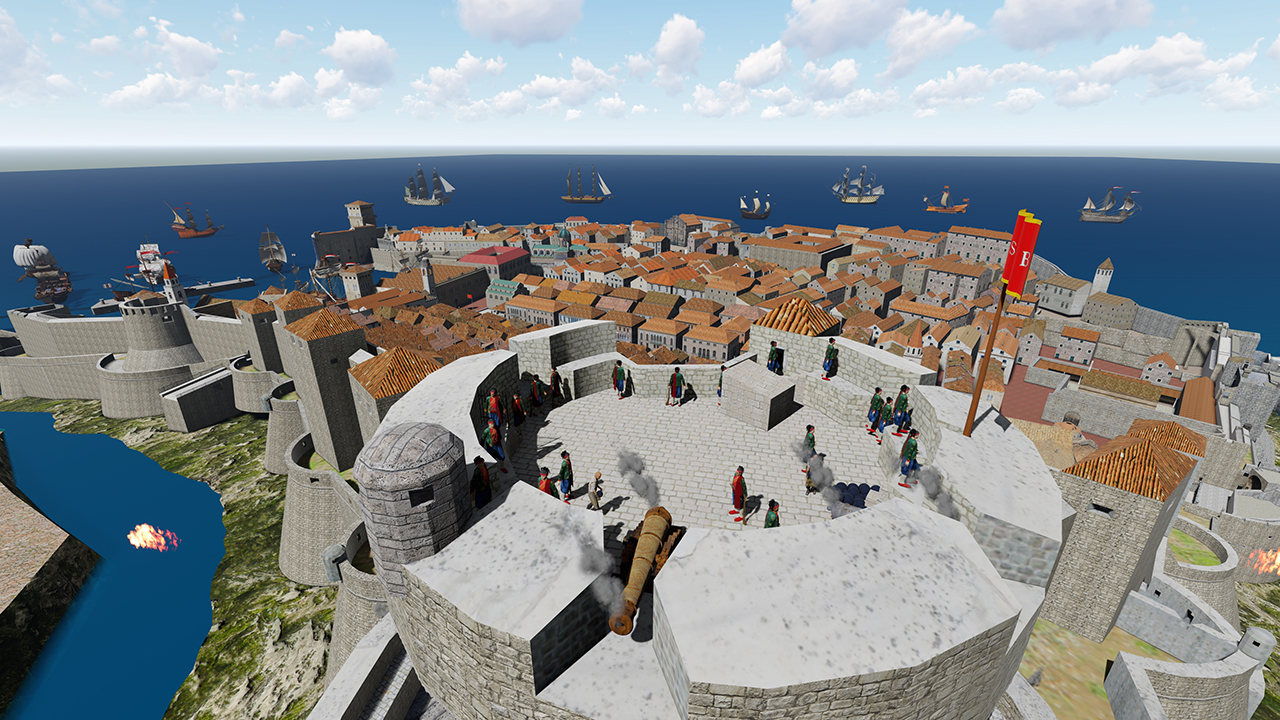
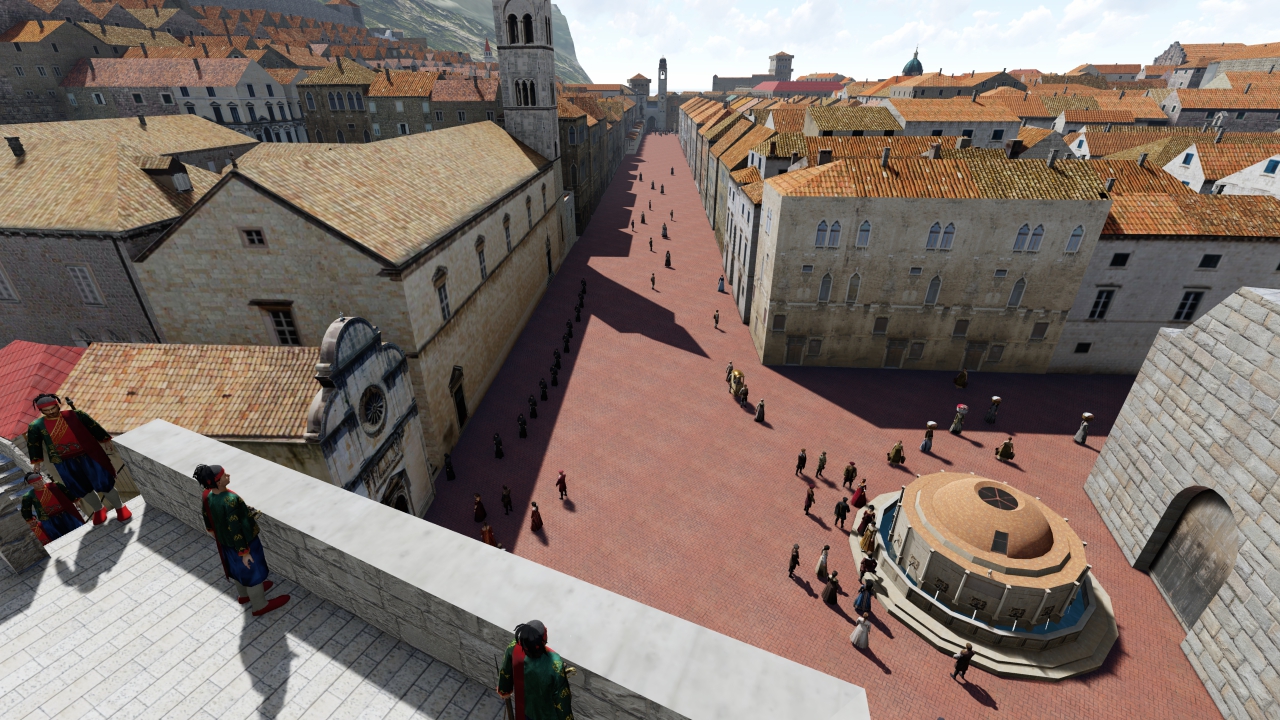
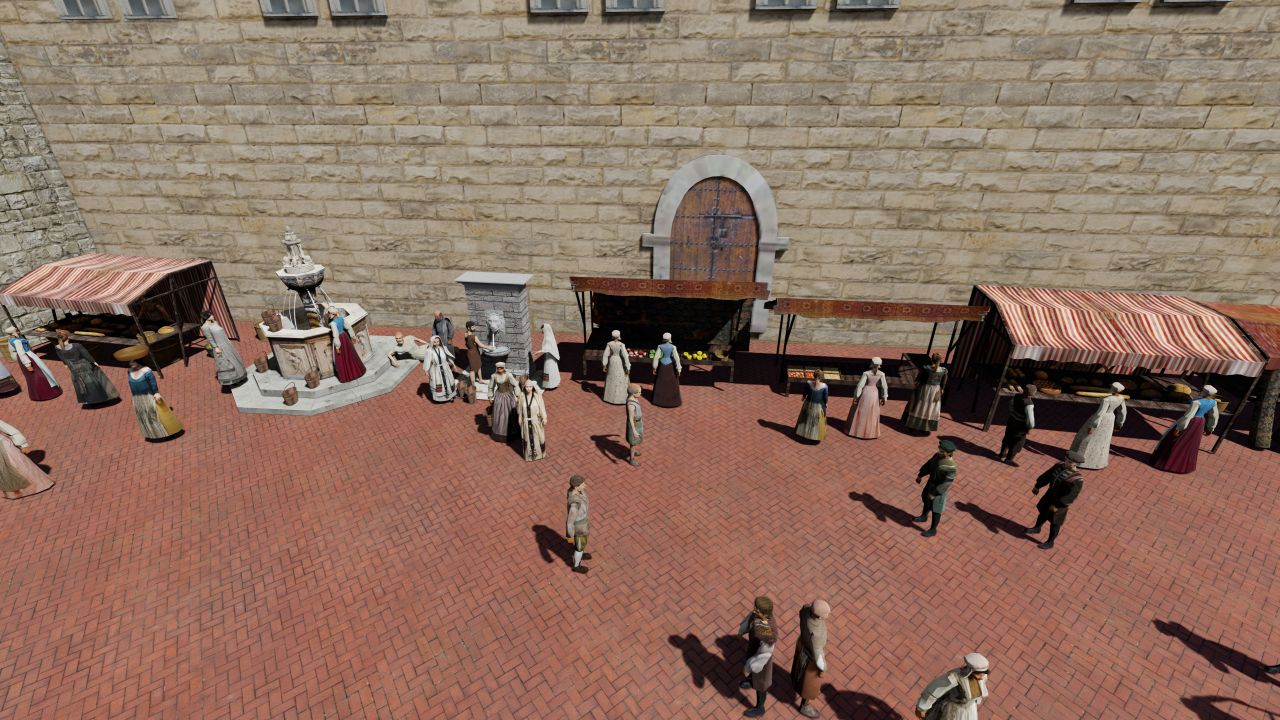
The 'Virtual Windows' franchise for several cities is in production, and they are currently working on Zadar as Jader, which should be on the market by the end of April 2021. They are also working on other types of tourist products.
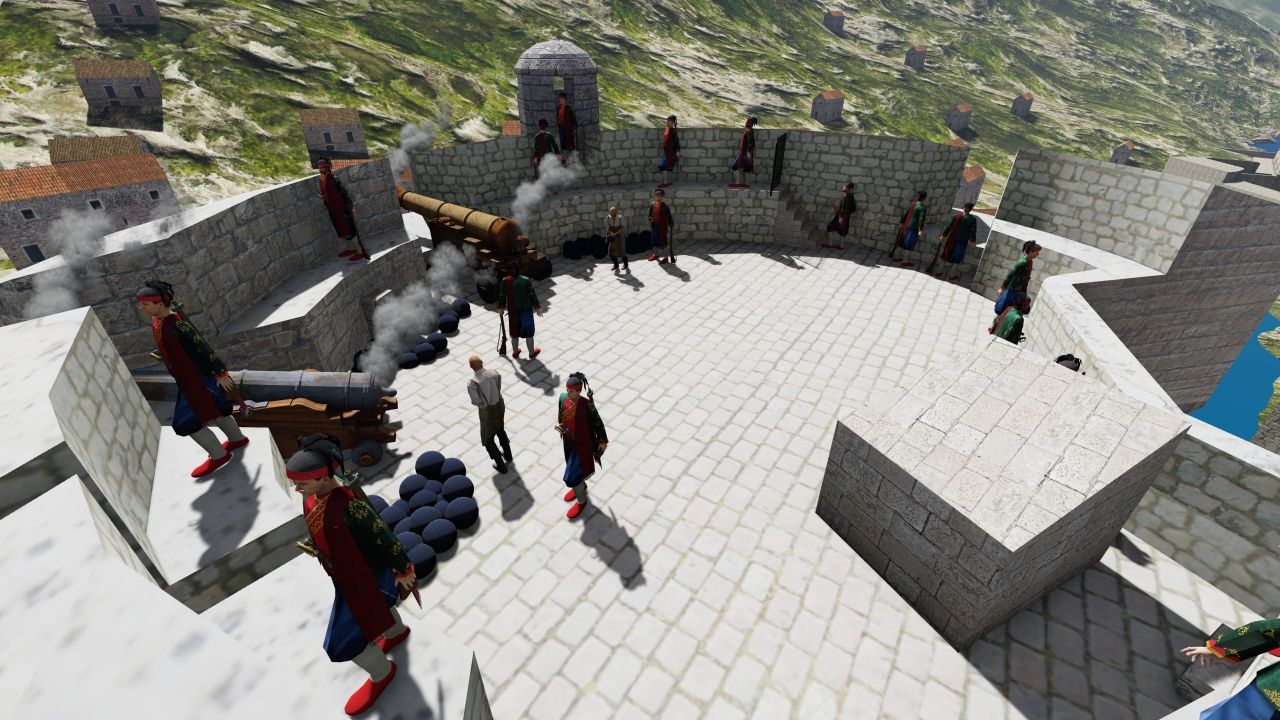
"We are looking for travel agencies, tour operators, carriers, institutions, and others who would like to include our application in their offer, and we are open to new collaborations," he added.
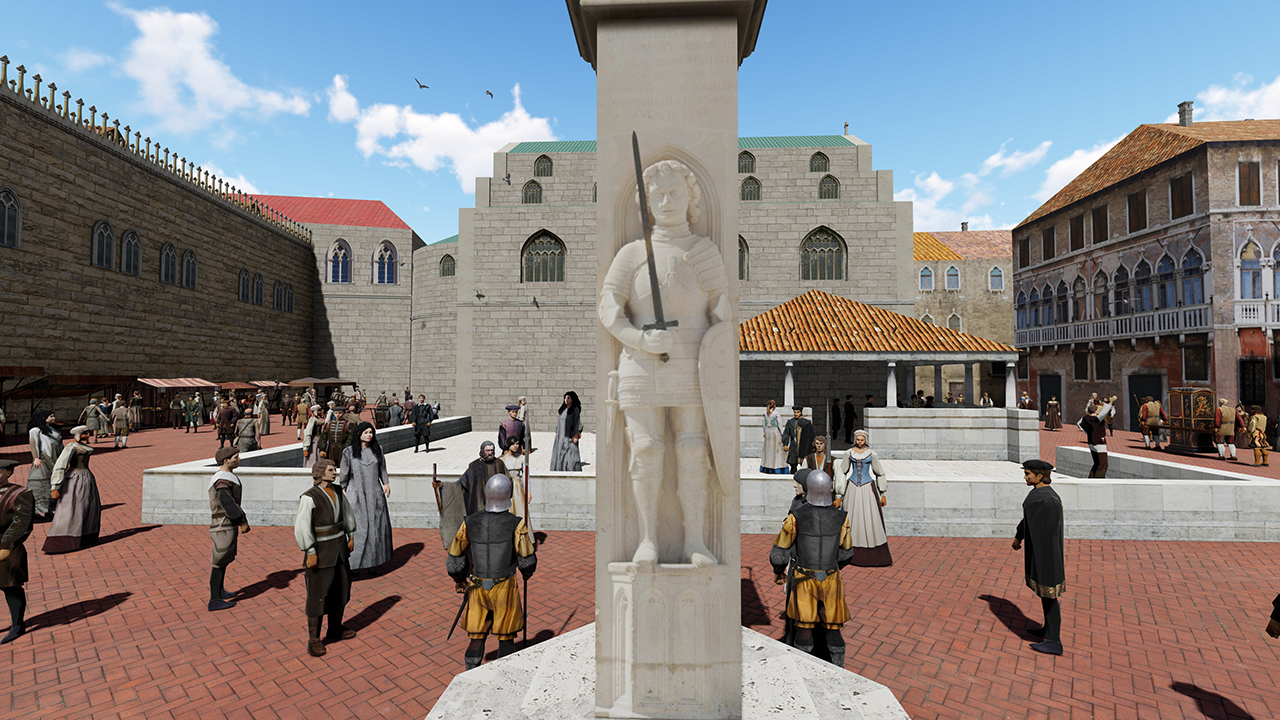
MediaUp is a Dalmatian start-up for innovative audiovisual technologies and production. They develop video games for VR and mobile devices.
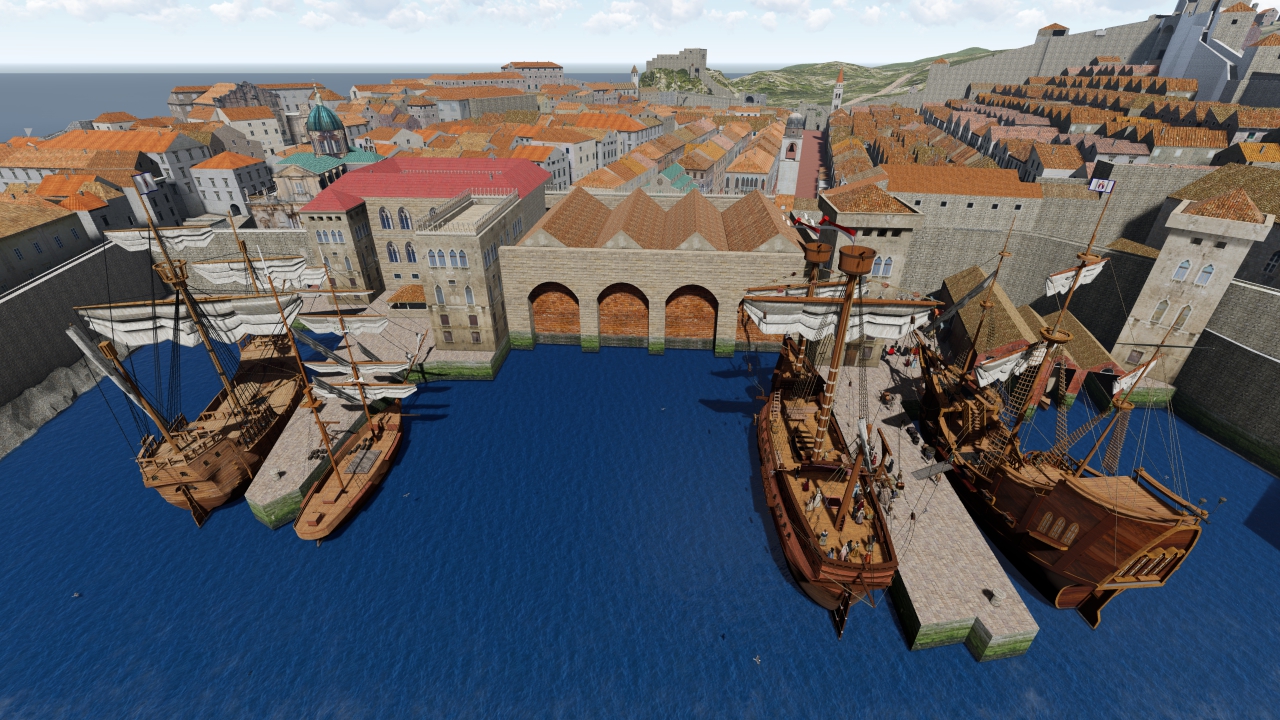
"Dalmatia has the potential as a perfect region for the development of the creative industry, especially gaming, which in addition to music and film, goes hand in hand with the IT sector, but also tourism and occupies more and more GDP in national and global economies. Dalmatia definitely has the potential for the development of such an industry," concluded Bilić.
All photos by MediaUP
To read more about lifestyle in Croatia, follow TCN's dedicated page.


